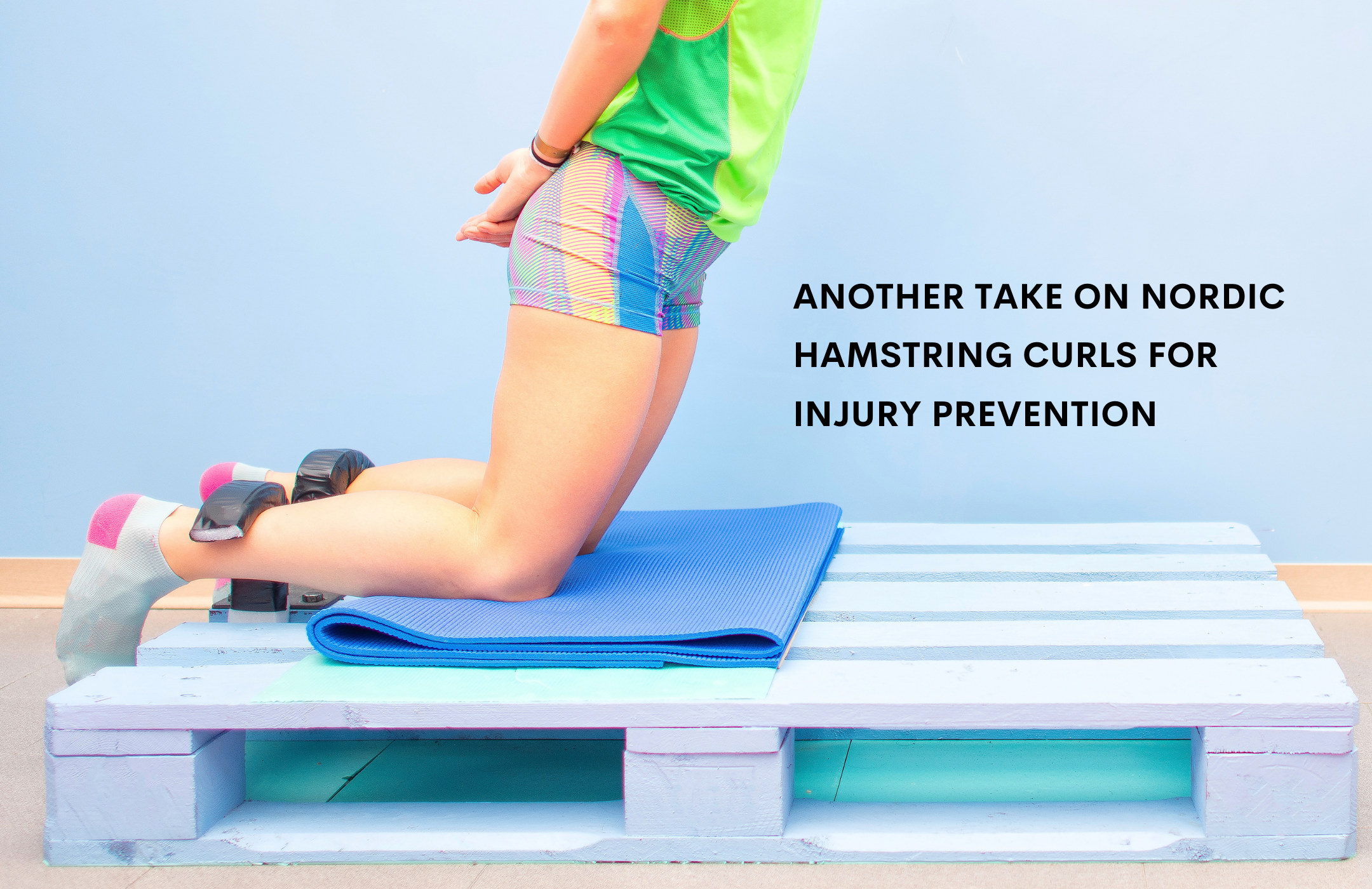What’s This Research About?
Impellizeri and his colleagues discussed some of the issues prevalent in prior meta-analyses about Nordic hamstring exercises for injury prevention. A major part of their article focused on critiquing the 2019 meta-analysis by van Dyk and colleagues which Jenn Pilotti reviewed recently.
Due to certain methodological issues, they argued that evidence on the effectiveness of the NHE is still inconclusive.

TITLE: Why methods matter in a meta-analysis: a reappraisal showed inconclusive injury preventive effect of Nordic hamstring exercise
PUBLICATION: Journal of Clinical Epidemiology
DATE: December 2021
AUTHORS: Franco M. Impellizzeri, Alan McCall, Maarten van Smeden
Meta-Analysis: Quantitative review of research results from multiple studies to derive conclusions on the collective body of research.
Nordic hamstring exercise (NHE): An exercise that strengthens the hamstrings as the knees extend. It’s performed by beginning in a tall kneeling position with the ankles hooked under something secure. Maintaining a straight line from the head to the knees, lean forward at the knees. When you can no longer lean forward, let yourself fall softly towards the floor, catching yourself with your hands. Come back up into a tall kneeling position and repeat.
Risk ratio: A risk ratio is essentially a measure of injury risk. A risk ratio of 1 indicates no difference, and a risk ratio of less than 1 indicates a lower risk – that is, a positive intervention effect. In contrast, a risk ratio of greater than 1 indicates a higher risk – that is, a negative intervention effect. Both meta-analyses calculated risk ratios of the NHE and the comparison condition.
See van Dyk’s paper that promotes NHE for injury prevention.

